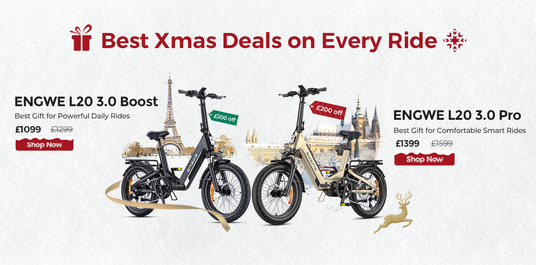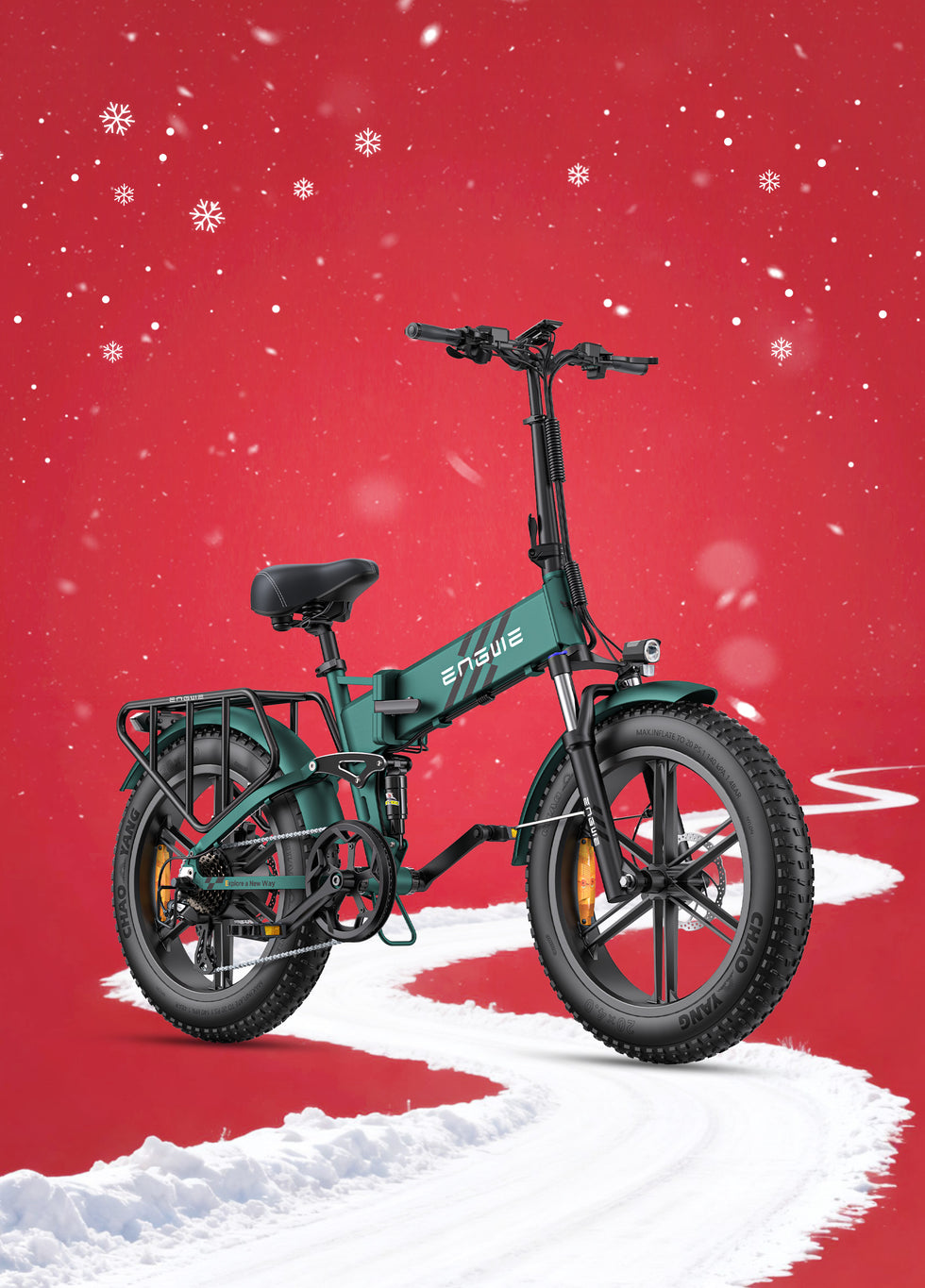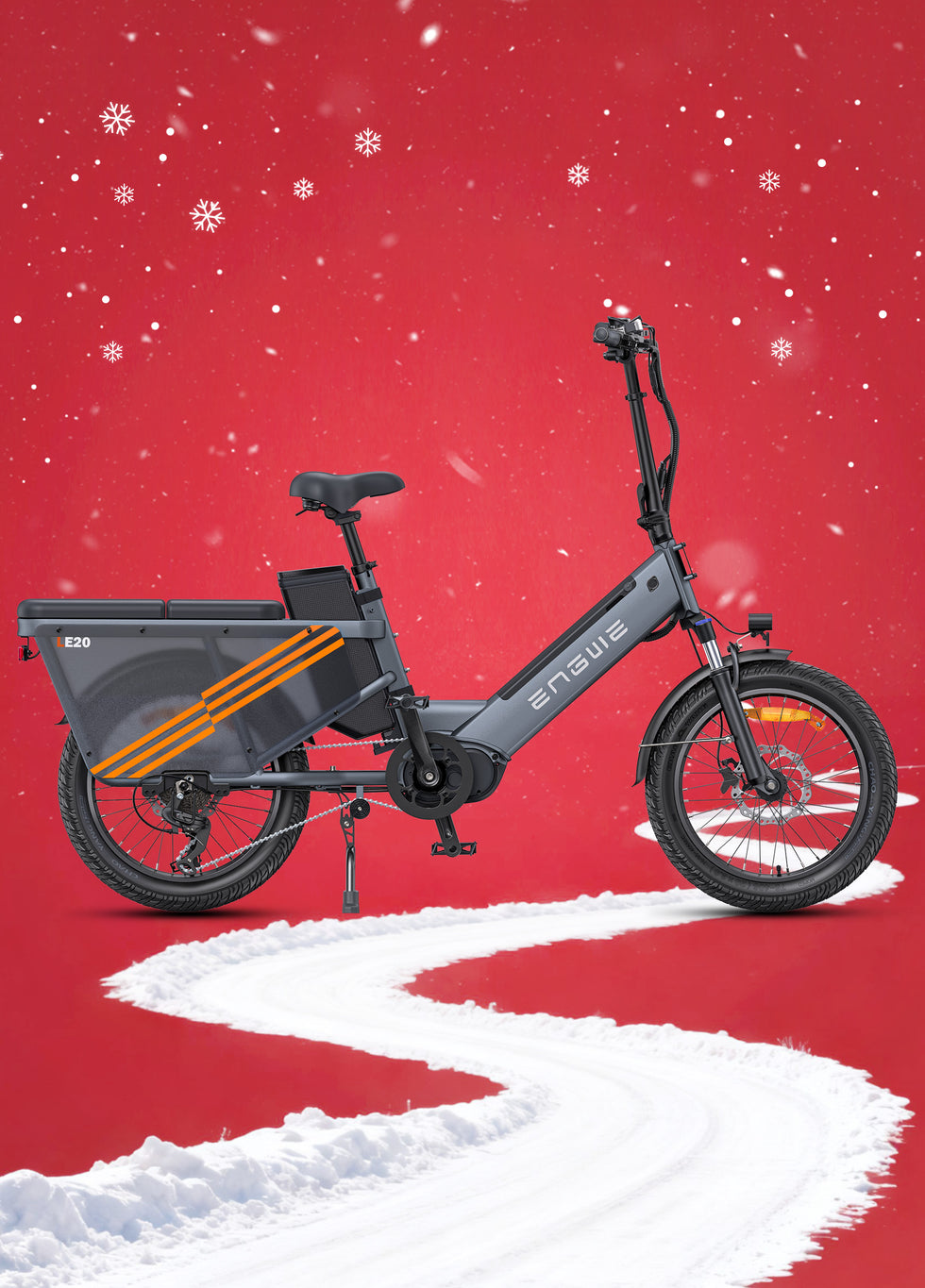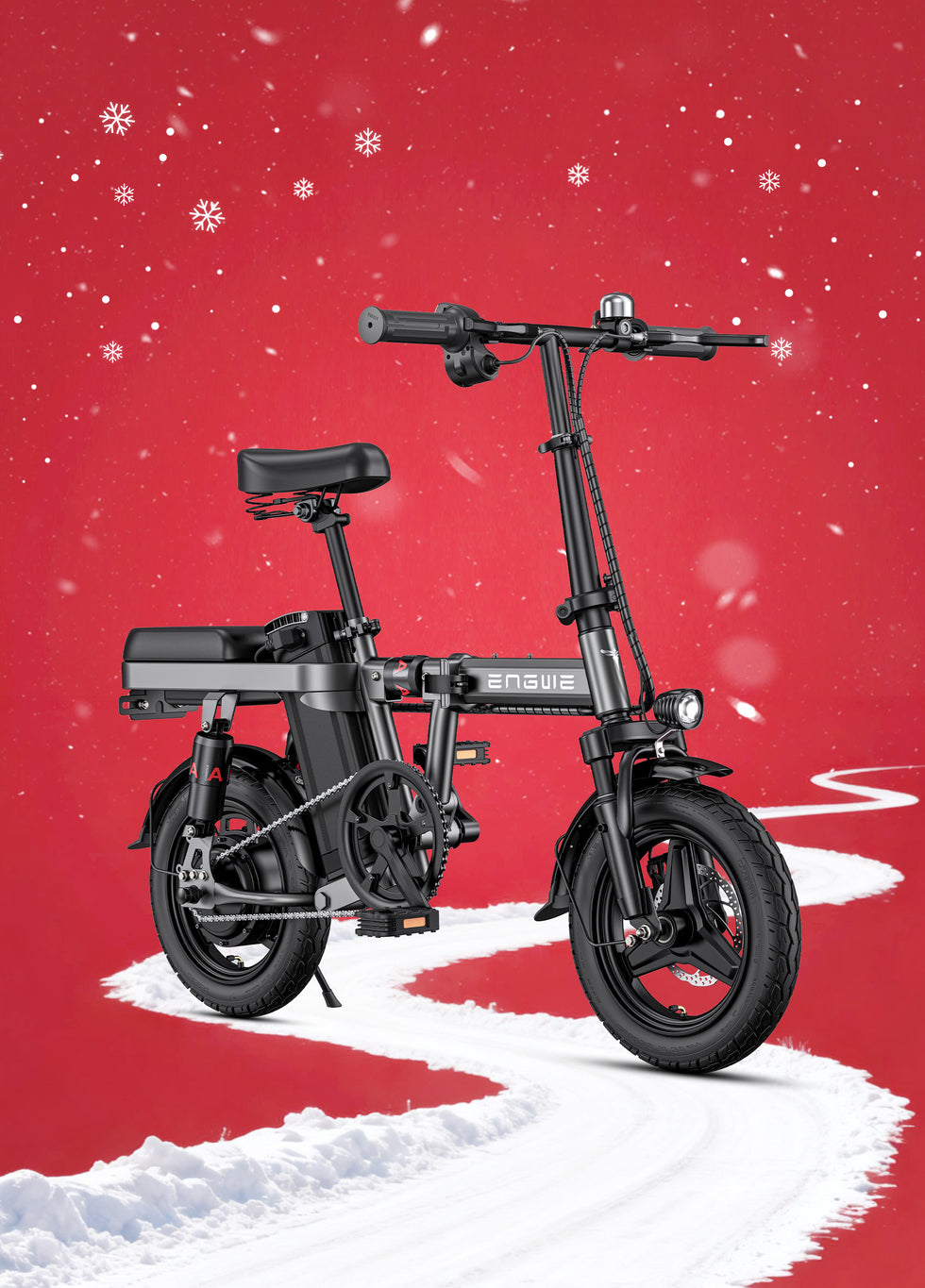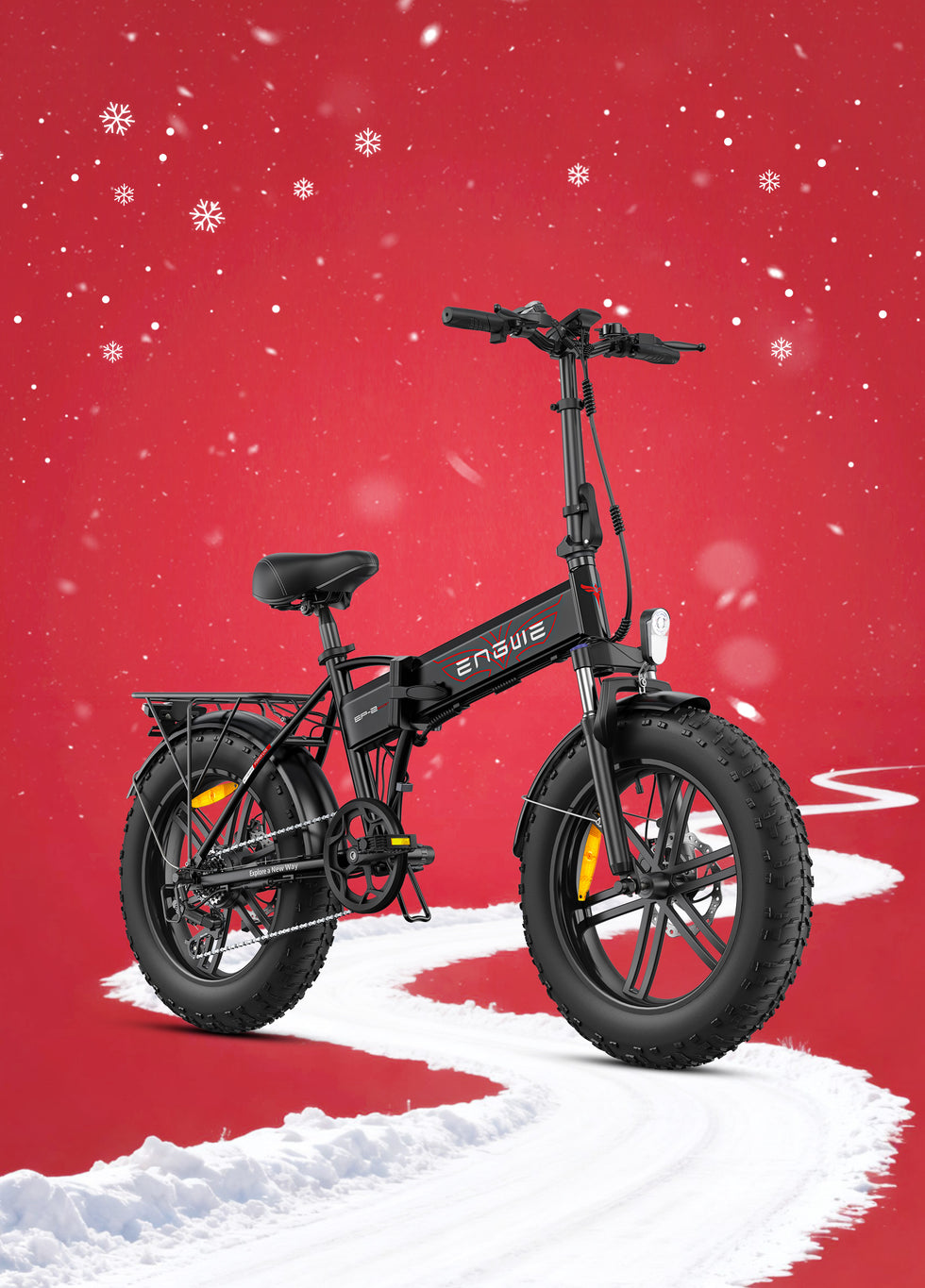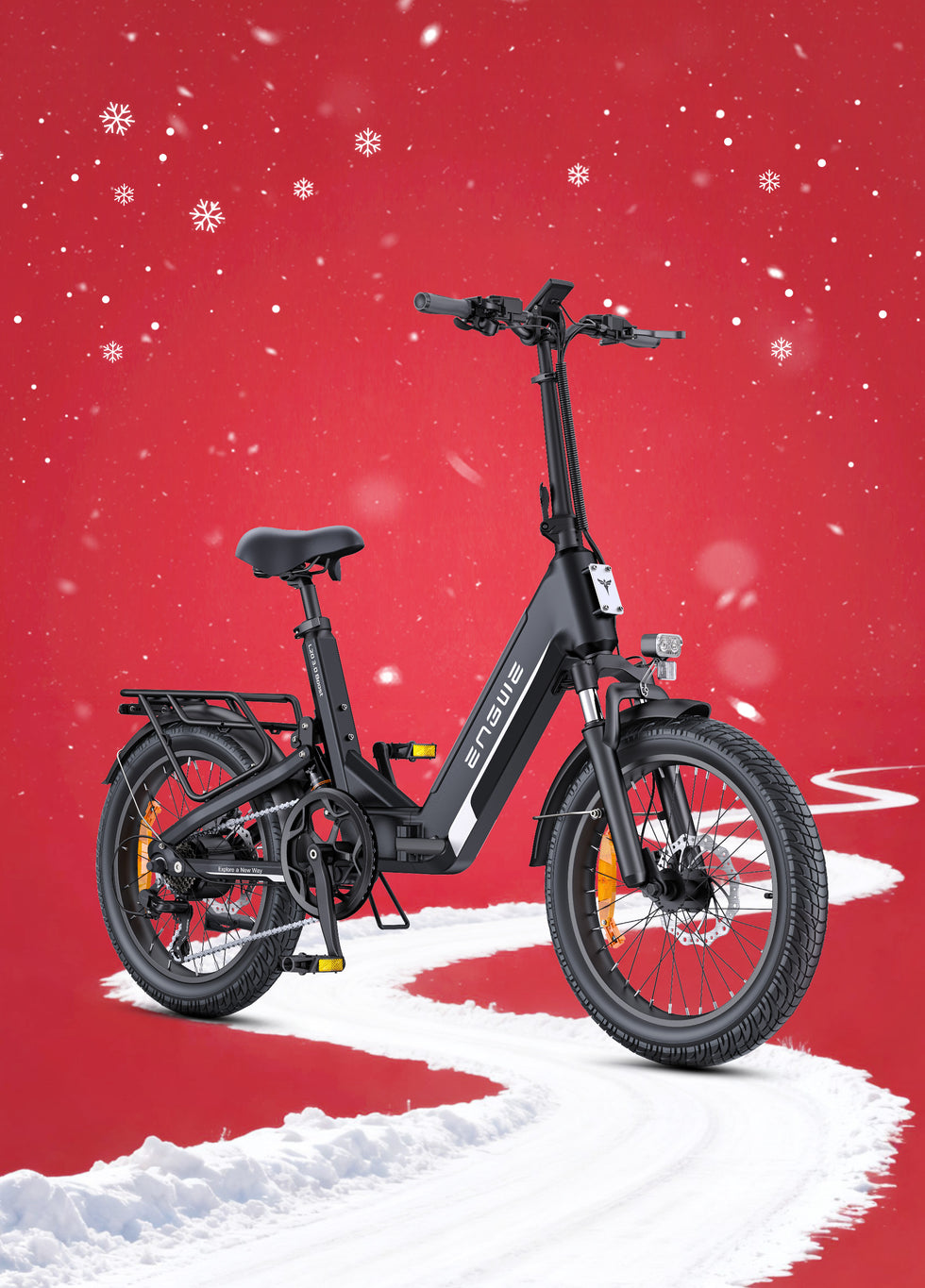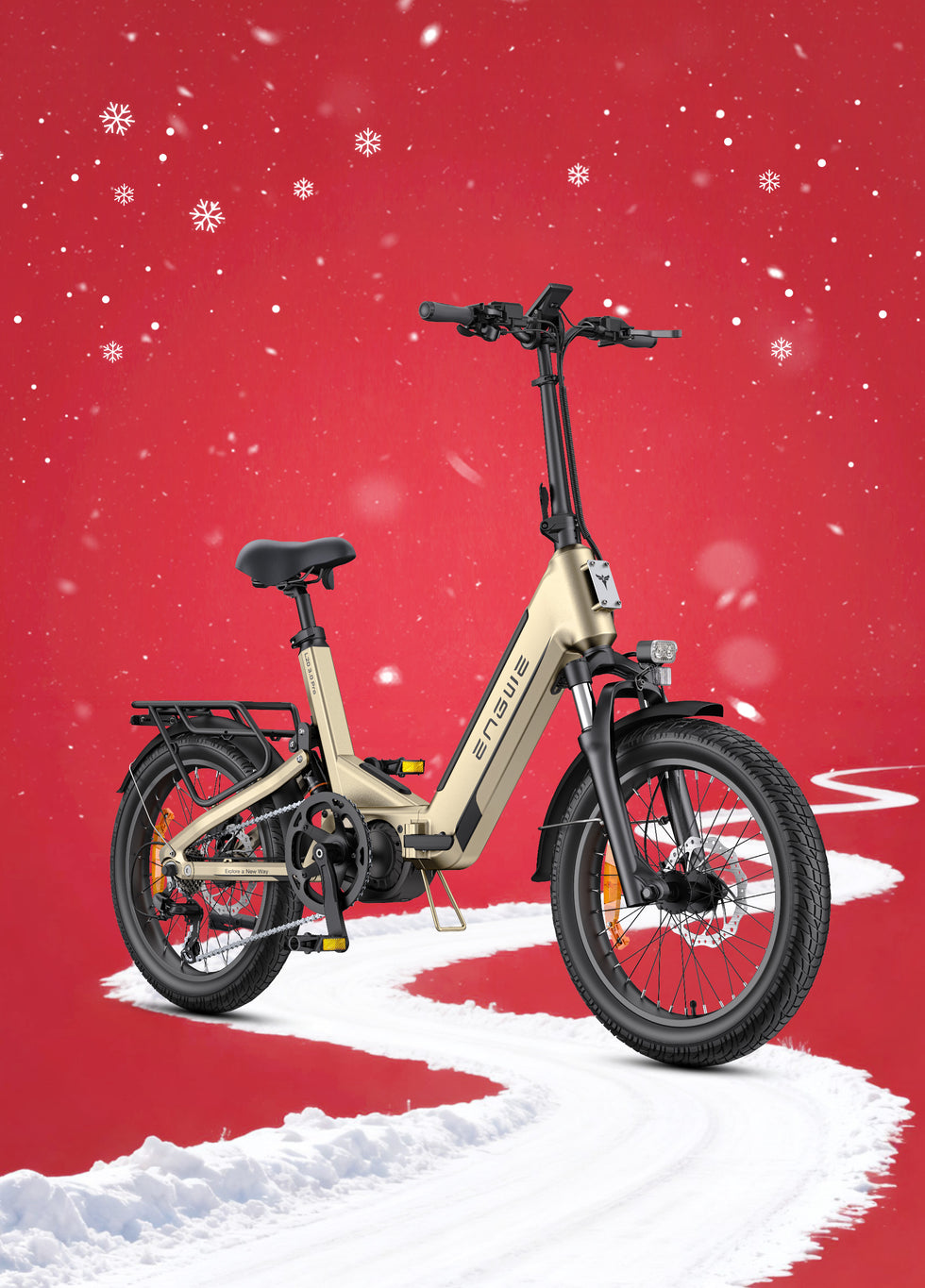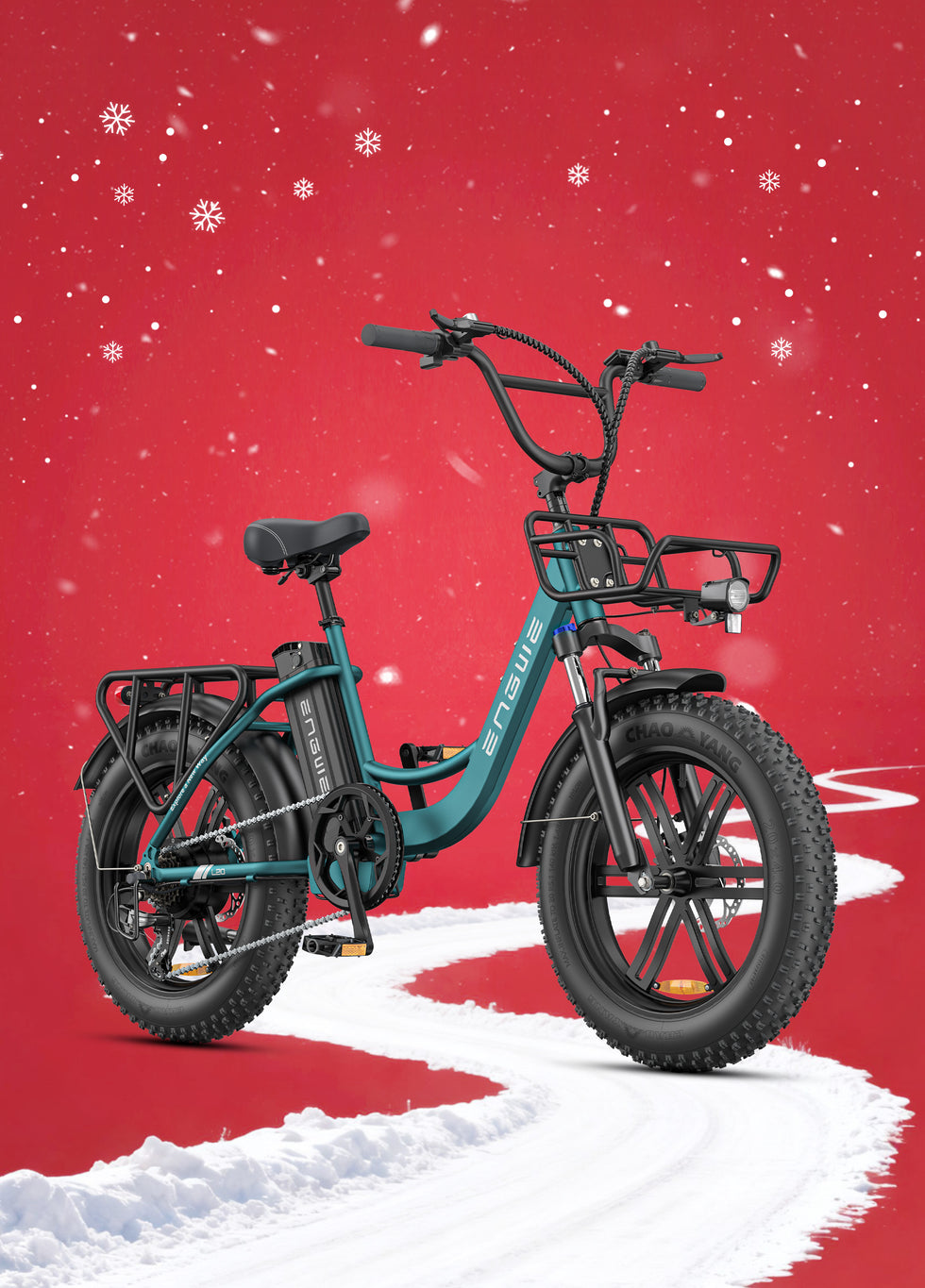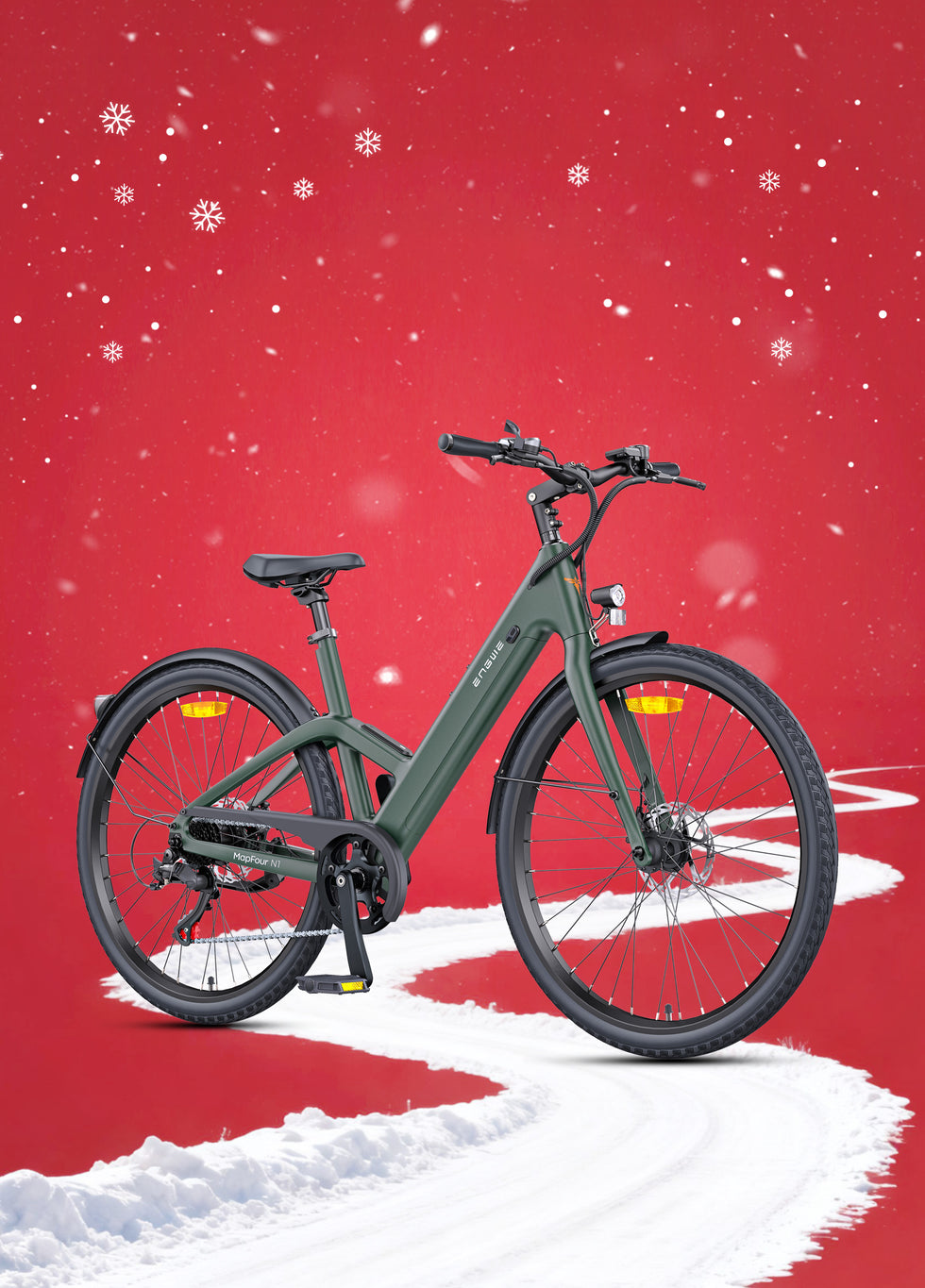All-Terrain Electric Bikes: The Ultimate Guide
For most of us, finding the best all-terrain electric bike is really about the desire for a single machine that is as at home during the Monday morning commute on tarmac as it is on the Saturday adventure along the gravel canal path, or the Sunday spin around a muddy park. You want something that won’t follow a script, that refuses to be categorised and that’ll make you think of new possibilities that aren’t straightforward or off the shelf. But with so many to choose from, what features really count? How do you tell a real, honest-to-goodness off-roader from a commuter with knobbly tyres?
More clarity, less noise
This guide cuts through the clutter: it gives you a transparent & pragmatic framework to make the right decision, based on actual experience.
Getting to the Heart of an All-Terrain Electric Bike
Let’s start this a little more generally so that we can understand the process of choosing more accurately when we proceed to some models: the anatomy of a true all-terrain electric bike. Here are the non-negotiable fundamentals that combine to give you the flexibility you want. Consider this your must-keep checklist.
Tyres and Wheels
The tyres and wheels are always the cornerstone of any off-road machine. It’s where the bike meets the ground, and it’s the most important factor for flexibility. You should consider wider, robust tyres, usually about 4 inches, sometimes referred to as ‘fat tyres’. These have been game changers, at least from my own experience. They’re a kind of passive suspension, soaking up bumps and letting you run a massive contact patch for grip that’s amazing over loose surfaces—such as sand or gravel. Furthermore, look for strong wheels. Today's one-piece wheels are a huge improvement over old spoked rims, which are downright fragile in comparison and require constant attention—a big drawback when you are out in the sticks on a dry, dirty mountain or desert trail.
Power System and Torque
Next, the power system or, to be more precise, the motor's torque. In terms of continuous power output, there's a legal limit of 250W in the UK and EU – and although this might be a standard figure, the actual performance for climbing hills of different gradients comes down to torque, measured in Newton-metres (Nm). Torque is the twisting force that pulls you up steep hills or drives you through thick mud from a standstill. The greater the torque figure, the better the climbing performance. A momentum-sensing device such as a torque sensor is commonly overlooked but is an essential part of this system. Less expensive bikes utilise a cadence sensor, which turns on the motor whenever you pedal. But a torque sensor gauges how hard you are pedalling and provides a corresponding level of assistance. This results in a crazy-smooth, intuitive and natural riding experience that makes you feel like you have some sort of bionic legs or something!
Battery and Range
But power is no good without stamina. The battery, and therefore the range, is everything. An all-terrain electric bike encourages longer, more adventurous rides, and so you want a battery that won’t leave you stranded in the middle of nowhere. Seek out a large battery (or better still, two) but be aware that range estimates are typically ‘best-case scenario’ numbers based on a flat road on the lowest level of assistance. Real-world range will depend on hills, your weight, and how much you pedal. Another important feature to look for is a removable battery. This makes it easy for you to charge it indoors and prevents it from being stolen or exposed to harsh weather when the bike is parked outside.
Comfort and Control
Finally, consider comfort and control. Riding on all-terrain is going to see you come across bumps, potholes and uneven ground. One must also have a front suspension fork to soften these blows, taking the stress off your wrists and arms and giving you a lot more comfortable, controlled ride. Safety is also a factor, and good braking is essential. The spec of mountain-bike-style disc brakes with 180mm rotors (there’s only one size bigger for those who are wondering!) offer perhaps the best and most consistent stopping power in all conditions and the best heat dissipation when descending long hills fully loaded.
Our Top Pick for the Most Versatile
When you put all the ingredients of a genuinely capable all-terrain performer together, one model emerges as the all-round package: the ENGWE EP-2 Boost. This folding fat tyre electric bike has been carefully designed to outperform where others skimp. It’s all rooted in those burly 20 x 4.0-inch fat tyres along with a set of low-profile and tough alloy one-piece wheels, giving you the foundation for confident all-terrain exploration without the need for big, heavy suspension forks and intricate componentry. Underpinning your journey is a 250W brushless engine that is not only fully compliant with all UK laws and regulations, but also delivers enjoyable power to help you on your travels thanks to a cutting-edge torque sensor to make every watt of help accurate and natural. For those instances when you come across an especially steep hill, a dedicated Boost button releases the motor’s full 55 Nm of torque for immediate acceleration. Say goodbye to range anxiety with the high-capacity 48V 13Ah lithium battery providing an unrivalled 120 km on a single charge in the most economical modes.
| Feature | Specification |
|---|---|
| Tyres | 20 x 4.0-inch Fat Tyres |
| Motor | 250W Brushless |
| Torque | 55 Nm (with Boost) |
| Battery | 48V 13Ah Lithium (Removable) |
| Max Range | 120 km (Eco Mode) |
| Brakes | 180mm Mechanical Disc Brakes |
| Gears | SHIMANO 7-Speed |
| Key Feature | Folding Frame |

Safety is the first concern, with front and rear 180mm powerful mechanical disc brakes that offer great stopping power in case of an emergency. It also comes with a front suspension that smooths the ride, along with SHIMANO 7-speed RevoShift gears for smooth, hassle-free shifting. But what makes something like the ENGWE EP-2 Boost so clever is its sheer convenience: the whole frame folds up nicely and disappears into an impressively small space, making it easy to stow in a flat, chuck in the boot of a car, or take on the bus or train. It is a well-rounded package that offers power, range, all-terrain capability, and full-day everyday convenience.

Some initial thoughts before you decide
There is definitely more to selecting a bike than just the nuts and bolts of technology. You have to think about how it will fit into your life. Be honest with yourself about your main use case. Is that 80% getting to and from work and 20% weekend trails? Or are you going on full-blown, epic off-road adventures? And, if you’re riding while carrying shopping or with work equipment, a robust rear rack with a respectable weight limit is a make-or-break feature.
Size and portability is another important consideration, particularly for anyone living in a tight city apartment or who prefers to transport their bike by car. Having a folding frame, as we see on the ENGWE EP-2 Boost, is a huge advantage. That is, a dedicated garage isn’t necessary; a cupboard or even under your desk will work. Also, look into the weight of the bike. All-terrain bikes will of course be heavier, being built to withstand rougher treatment, but you should still be able to lift it when needed.
Lastly, a brief note on UK and EU regulations. To ride legally on the road without tax, insurance and a licence, an e-bike must have a motor generating a maximum continuous power of 250W, with the assistance level tapering off to nothing at 25 km/h (15.5 mph). You can pedal faster than that, but the motor won’t assist. Anything more powerful than this and the bike is defined as a different class of vehicle and different laws apply. Make sure the bike you are purchasing is legal for where you plan to ride.
Making the Most of Your All-Terrain E-Bike
If you have your ideal electric all-terrain bike, here are a few tips to help you make the most of it for years to come. Your tyre pressure should be checked frequently; for fat tyres, a lower pressure gives you more grip on soft ground, but a higher pressure is more efficient on tarmac. You will want to keep the chain free of dirt and lubricated, especially after riding in the wet or mud. This will significantly extend the life of your drivetrain while providing quick and crisp gear changes. Most importantly, invest in safety. A very good helmet is essential. Whether you add bright, built-in lights—including a brake light that comes on automatically—is crucial for visibility, so your adventures are thrilling but also safe.

Frequently Asked Questions
1. Just how critical is a torque sensor on an off-road e-bike?
A torque sensor is critical for a good riding feel, especially when you're riding on mixed terrain. Unlike a more basic cadence sensor, which simply feeds in a set amount of power every time you pedal, a torque sensor reads your exertion. The harder you push on the pedals—say, when climbing a hill—the more assistance it gives you. On a gentle flat cruise, it only gives a little bit of help. The result is a ride that is so quick, intuitive and efficient, it feels like an extension of yourself. It also conserves battery life as the system only ever supplies the power that you are actually using, so it’s probably a badge of honour for most serious riders.
2. Is it okay for my all-terrain electric bike to get wet in the rain?
Generally, yes. All good all-terrain electric bikes are water-resistant and can be used when it’s raining. Key elements such as the motor, battery, and controller are sealed from water entry. There are also features such as mudguards to stop you from getting covered in mud and spray. But they are not completely waterproof. You’ll want to avoid deep water and not use a high-pressure jet wash to clean it, as this can push water past the seals. Especially on wet rides, it’s a good practice to wipe the bike down, focusing on the chain to avoid rust.
3. What range can I realistically get?
The number the manufacturer advertises—let’s say 120 km—is generally based on ideal conditions: a light rider, riding on a perfectly flat surface with no wind, using the lowest level of pedal assist. Almost always, your real-world range will be lower. The things that can decrease range are consistent hill climbing, using a higher level of assistance, a higher rider weight, and riding into a strong headwind or with low tyre pressure. Because of the mixed terrain, I can realistically expect to get between 60-70% of the estimated range on a maximum assist setting.
4. If the battery is dead, are fat tyres extremely difficult to pedal?
Fat tyres have more rolling resistance as they contact the ground over a wider area than thin road tyres. If your battery dies, you’ll absolutely feel this extra load, and it’s going to be harder to pedal than a non-electric bike because the bike is inherently heavier overall. However, it is not impossible. New all-terrain e-bikes with a good gear system, like the SHIMANO 7-speed, allow you to choose one of the lowest gears to have more freedom of movement while pedalling. Your motor should be your main mode of transport, with your legs serving as a consistent Plan B to get you home.
5. Are licences or insurance required for 250W e-bikes in the UK?
No. Provided the electric bike you’re riding complies with EAPC (Electrically Assisted Pedal Cycles) regulations in the UK, you don’t need a license and are not required to register, tax, or insure it. The basic criteria are that the bike can be propelled by the pedals, the motor cannot exceed a maximum continuous power output limit of 250 watts, and the electrical assistance must cut out when the bicycle reaches 15.5 mph (25 km/h). Riders are also required to be at least 14 years old.
Your only limit now is not the end of the pavement.
